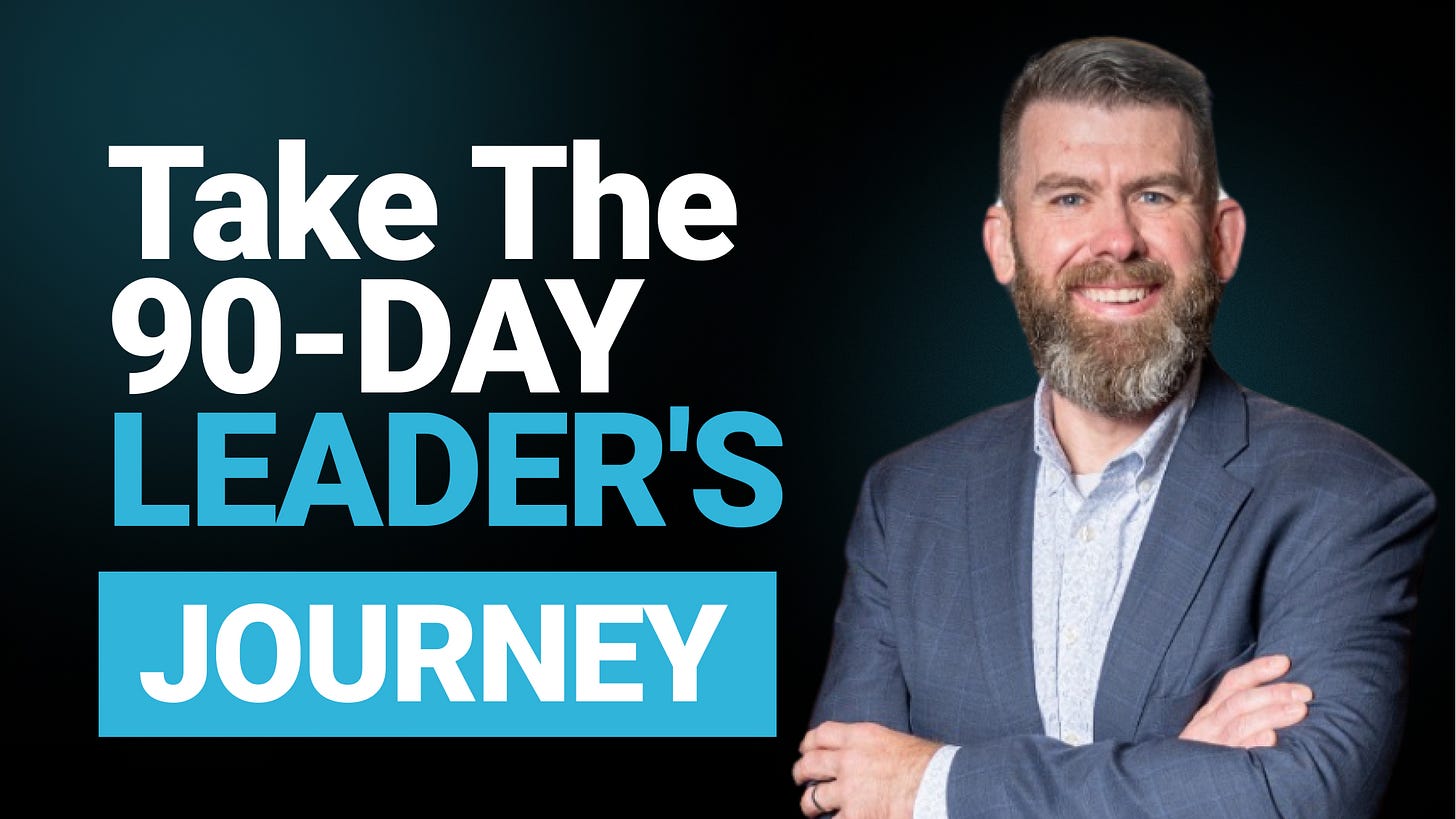Your organization only grows if you are growing as a leader, and if you are growing the people on your team.
There are no growing organizations where the leader’s growth is stagnated.
Here are the five steps you should take as a leader to fuel your personal and organizational growth .
What are my growth goals in this period?
Like any great adventure, you can’t get to your destination if you don’t first set the destination before you embark on the journey. The same is true with your leadership growth. Accidental growth doesn’t add value at the same level as intentional leadership growth. For this reason, you need to focus on identifying and charting your growth goals and objectives. I like to look at this by month, quarter, and year.
What skills and experiences do I need to develop to achieve my goals?
Once you know where you want to end up, you need to understand what it will take to get you there. When it comes to your personal leadership development, that requires an honest inventory of your current skills and experience and the identification of you gaps and blind spots.
How will you acquire the skills and experiences to close those gaps?
Once you know where you want to end up and what new skills and experiences you need to get there, you need a plan to help you acquire those skills and achieve your goals. The most effective plans that I’ve ever seen are specific, clear, time-bound, and realistic. In this plan, this is where you say something like, My goal is to learn how to take advantage of AI to work more efficiently. To accomplish this, I’m going to read two articles on the use of AI every week for the next month. I’m going to sign up for an online course on AI in the executive suite by XX date, and I’m going to select an AI tool and begin to test it based on what I learn in the course and through the articles I read.
Write a goal statement like that for each of the goals that you establish in your plan.
How will I know if I’m growing?
The most effective ways I’ve found to know if you’re growing is to measure where you are in your knowledge and experience at the start of your process, and then to recalibrate along the journey, identifying what you’ve learned along the way and where you have or haven’t begun to grow. You can use a simple rubric to track your progress, a self-assessment that lets you check progress on each goal, and engage in discussion with your personal coach, supervisor, or colleagues are aware of your growth plan to solicit their feedback and perspectives on your growth and development.
How am I sharing my learning across the organization?
As a final step in the leader’s growth journey, it’s critical that you share your learnings across your team an organization. This is important for two reasons. First, there is no better way to solidify your knowledge than to teach something to others. It allows you to clarify and sharpen your thinking in ways that other learning techniques simply can’t match. The second, and arguably more important reason for this is that if you as the leader are learning, but not teaching, then your organization will never grow.
Your responsibility to your people is to help them grow and develop so that they too can achieve the kind of personal growth that you’re experiencing. When you do this you increase the overall quality of thinking and doing in your organization. It drives the value of your team and your ability to achieve individual and team goals in ways that you can’t imagine.
Accelerate Your Leadership Impact in 90-Days
If you want to become a leader of significant impact, you need to take the 90-Day Leader’s Journey. In this 90-day email course I’ll share with you 90 key insights on leadership Character, Culture, and Competence that I use to train leadership teams in professional service firms every day — and that you can use to accelerate your own leadership impact!





